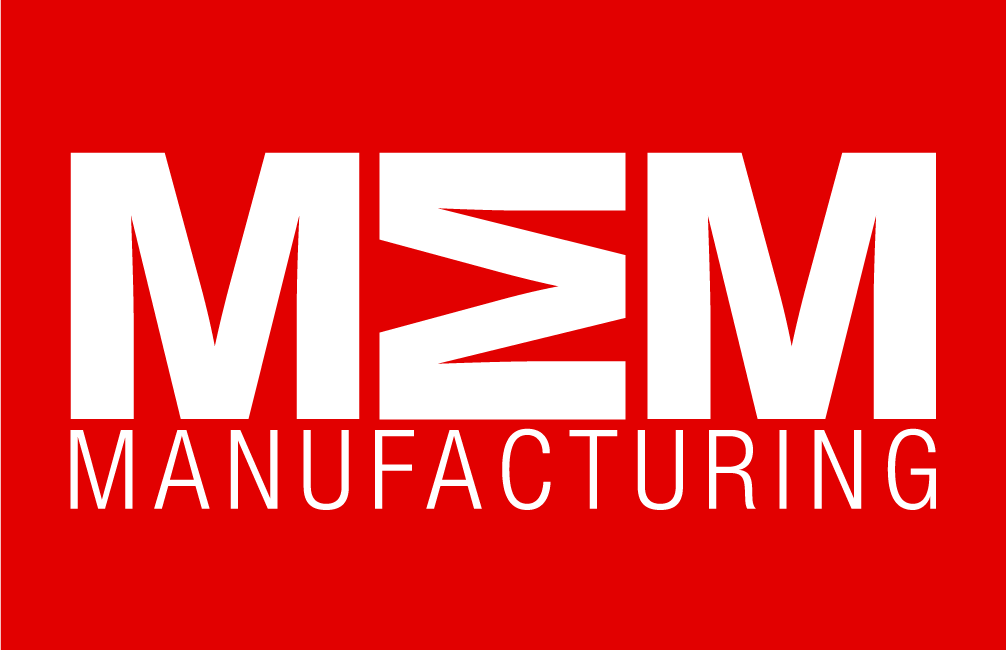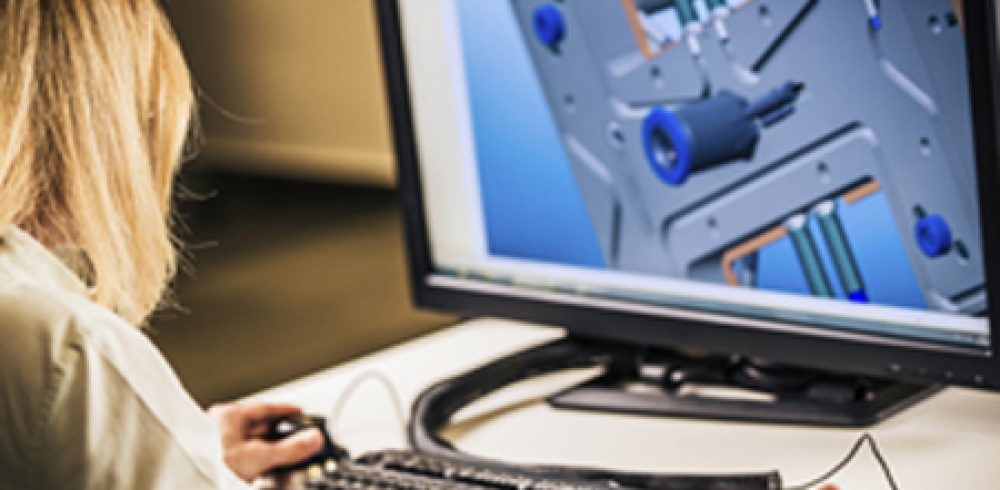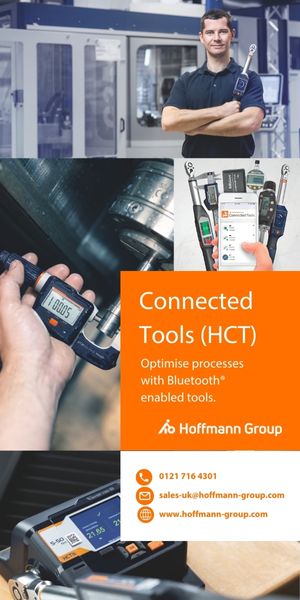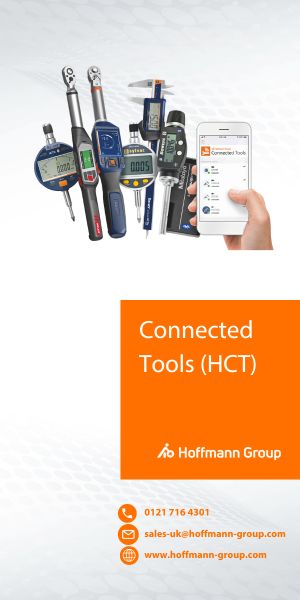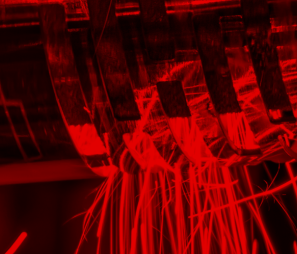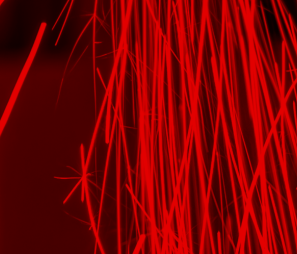What Are Mechanical, Fluid-Power and Elastomeric Material Dampers? : Vibration in industrial machinery often originates from imbalances inherent to motors, gearboxes, and other turning components that excite natural frequencies. In this context, dampers are components that counteract and often isolate the vibration source from the rest of the design or machine to prevent its propagation of mechanical oscillation.
Passive vibration mitigation includes passive isolators such as closed-cell foam slabs, metal coil or wave springs, wire rope isolators (common in military applications) and rubber machine mounts. These reduce system natural frequency to less than that of excitation frequency. It should be noted that traditional springs and rubber have near zero damping capabilities.
Precision passive isolators include negative-stiffness isolators, which decrease system natural frequency upon loading via a kinematic linkage of beam columns and springs which are typically stacked in series for tilt, horizontal, and vertical motion.
Many isolators do impart a small amount of damping. Some (including wire-rope isolators) also attenuate shock impact at sudden move ends, hard stops and collisions without recoil. In contrast with isolators, passive dampers, such as material slabs and mechanical linkages, change the kinetic energy of vibration into heat. Passive damping usually employs viscous fluids, viscoelastic materials, piezo elements or simple magnetics.
Active Vibration Damping
Active dampers include an array of electronically controlled force cancellers that employ a power source, sensors, and actuation to counteract vibration with disruptive interference out of phase with the source vibration. Examples of active dampers include shocks containing magneto rheological fluid that stiffen to solid with controllable yield strength under an applied magnetic field in milliseconds. Powered piezoelectric elements affixed to the design frame at critical points to execute active countermotions and address vibration are also active dampers. Vibration is usually detected by acceleration sensors and under the control of a DSP.
Passive Vibration Damping
Passive vibration damping, including those in mechanical formats include – tuned mass dampers that affix to machinery or structures to damp narrow frequency bands of vibration. Other options for passive mechanical damping are friction and piezoelectric action prompted by simple resistive shunt. Passive vibration mitigation in fluid-power formats include hydraulic mounts, air springs, and bladders to isolate and damp industrial machines and other moving equipment. Passive air tables are another iteration, though increasingly displaced by other technologies. Gas springs (of the piston-type plunger design) act as kinematic holds.
Many pneumatic dampers have a similar structure — with a cylindrical chamber containing a piston and compressed air behind it — though work on moving axis. Oil dashpots employ a contained volume of fluid to resist motion with viscous friction to damp (though not isolate) vibration.
Last let’s consider passive vibration mitigation in elastomeric material formats — which offer simplicity in format and application. Foam slabs isolate well enough though lack durability. Rubber and neoprene excel at isolation but not damping. In contrast, another option is viscoelastic Sorbothane material that excels at vibration and shock control absorbing up to 94.7% of the latter.
The material is classified as viscoelastic, as it exhibits both viscous and elastic characteristics when subject to deformation. A high delta tangent, also called the loss factor or damping coefficient, means Sorbothane out-of-phase time relationship between shock impact or vibration and force transmission. Sorbothane absorbs more than half the energies at 1 to 30,000 Hertz for powerful vibration damping shedding the energy as heat (through hysteresis) and directing remaining energy perpendicularly; 90° out of phase from the vibration or shock source.
Manufacturing & Engineering Magazine | The Home of Manufacturing Industry News


